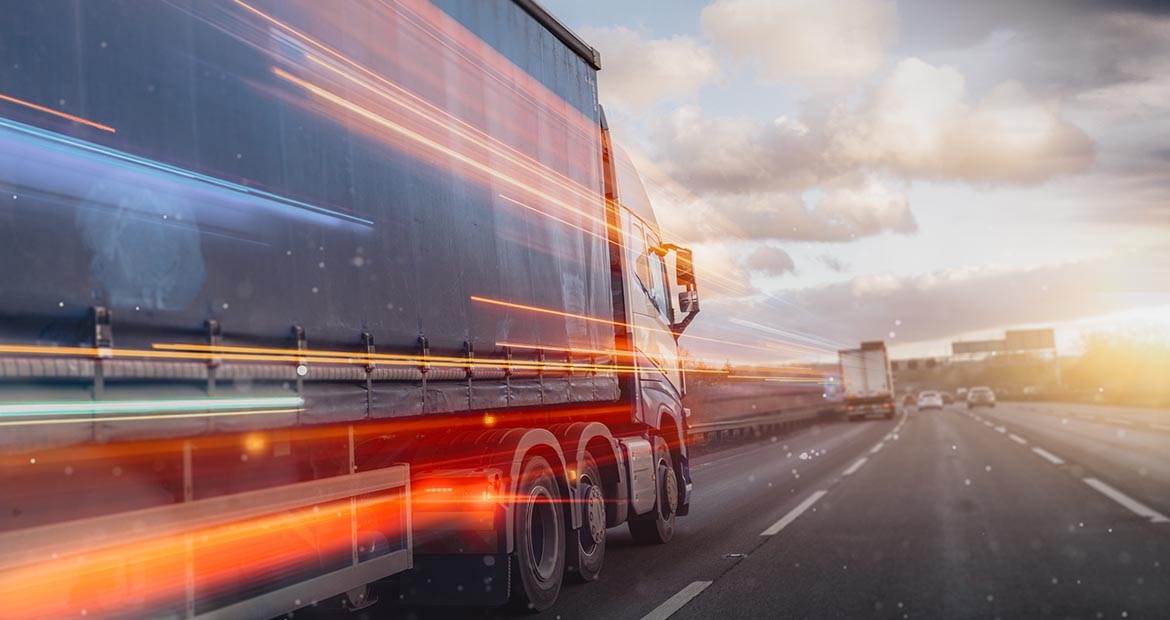What type of turbocharger do natural gas engines need?
Key takeaways:
- Natural gas turbochargers are specifically designed for natural gas engines.
- Natural gas turbochargers are optimized for high-altitude performance, crucial for markets like China.
- Natural gas turbochargers offer lower total operational costs and better compliance with emissions regulations.
